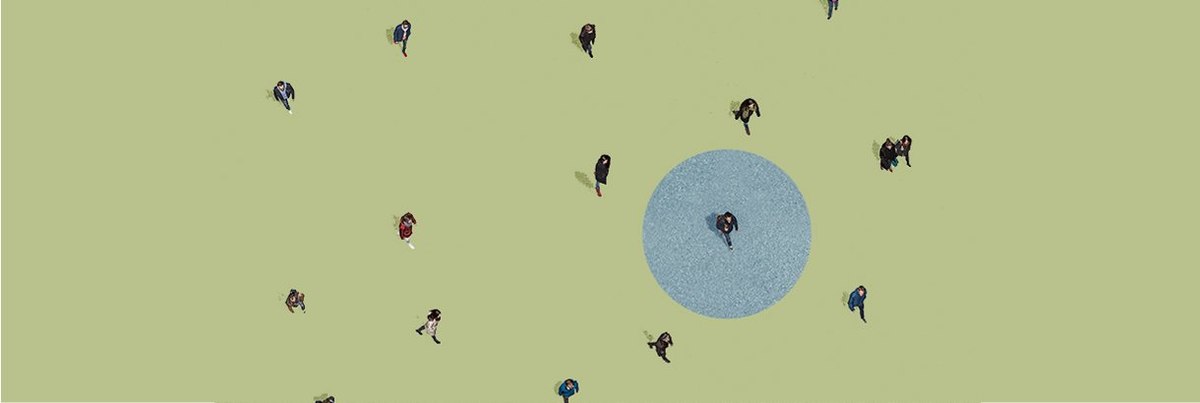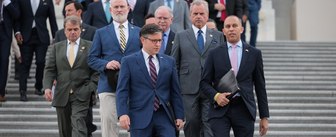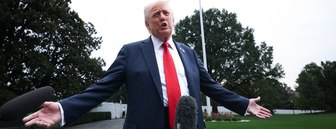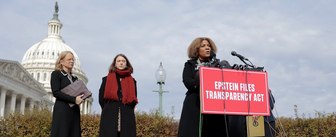The status of the COVID-19 outbreak and its impact on the United States looks drastically different today than it did at the end of February—just one month ago. In the span of four weeks, the United States went from recording its first case of coronavirus transmission in California to reporting over 140,000 cases (and growing) nationwide and dealing with a new global epicenter for the virus: New York.
YouGov’s ongoing study of how American attitudes and behaviors are changing amidst the COVID-19 outbreak measures just how much people have adjusted their lives during this time. In February, 57 percent of Americans said they took measures such as improving their personal hygiene, avoiding public places, or wearing face masks to protect themselves from contracting the virus.
YouGov data from March, however, shows that 85 percent of Americans now say they are taking preventative measures to avoid personally contracting COVID-19 (an increase of 28-points from February).
Which behaviors have changed the most?
A few of these changing behaviors relate to social distancing. Americans were almost three times more likely to avoid crowded public places in March (67%) than they were in February (27%). Eight times as many say they avoided going to work (e.g., by working from home) in March (24%) than they did in February (3%).
Other changing behaviors relate to practicing better hygiene. Americans are much more likely to say they are improving their personal hygiene (e.g., washing their hands more often) this month (65% in March vs. 42% in February). People are also taking caution when they are in public spaces and are twice as likely to say they refrain from touching objects such as elevator buttons in March (50%) than they were in February (24%).
How might behaviors change more next month?
As of the end of March, at least 30 states have issued orders for their residents to shelter in place or stay at home. If this list continues to grow, the rate of people saying they avoid crowded places may continue to increase in April.
Face masks are one of the most visual symbols of the COVID-19 outbreak and people are starting to wear them more in public. In the March update of the COVID-19 study, at least one in nine (12%) Americans say they wear a face mask in public (up from 7 percent in February). The Washington Post reports that officials at the Centers for Disease Control and Prevention (CDC) may alter their original guidelines for wearing face masks which state masks should primarily be worn by those who are sick to prevent the transmission of germs to others. The new guidelines could potentially encourage all Americans to use non-medical face masks in public and lead to an uptick in the share of people who wear them.
Methodology: YouGov’s COVID-19 March study is based on the interviews of 23,000 US adults aged 18 and over. The survey was conducted online between March 19 to 31, 2020 and all figures have been weighed to be nationally representative. Get the results from the COVID-19 study here.
Image: Getty











